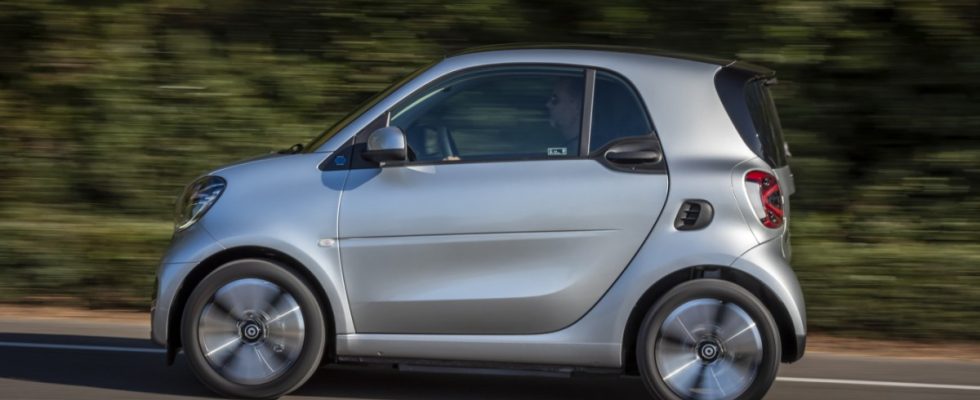Elon Musk is one of the most famous men in the world – and one of the most controversial. The Tesla co-founder has turned a Californian start-up into by far the most valuable car manufacturer in the world. His short messages, which reach more than 133 million people on the online platform X (formerly Twitter), which he owns, often cause irritation and guesswork. This also applies to announcements about the future of the Tesla factory in Grünheide, Brandenburg.
During a trip to Grünheide and in the subsequent short message, the boss promised a second model series for the factory. In fact, Tesla wants to begin expanding production capacity in Grünheide from 500,000 to one million electric cars per year next spring and, according to Brandenburg’s Ministry of the Environment, is also planning to “increase battery storage production capacity from the current 50 to 100 gigawatt hours per year in the future” – including production of battery cells.
After a music performance in Grünheide, participants in the event were quoted in the media as saying that Tesla wanted to produce a low-cost model that had been announced for some time in Grünheide. A fully-fledged, fully electric car for less than 25,000 euros – in Germany, of all places, a high-wage location? That would be a slap for the local traditional manufacturers. Volkswagen has just stopped production of the E-Up. Although the 3.60 meter long city flea recently cost 27,000 euros, according to VW officials, it incurred high losses.
Too expensive to develop and manufacture to be cheap? That’s exactly the problem with the drive change: small electric cars with a modest range cost around twice as much as a cheap petrol car. Even with the Dacia Spring, which is the cheapest electric car in Germany, prices only start at 15,500 euros because the subsidy of 7,200 euros is already included. According to the ADAC car test, there is little range, sluggish charging performance and miserable crash test results. Nevertheless, the car is still successful – because the environmental bonus expires in 2025 at the latest. And there is another problem: Dacia’s electric model is made in China – just like the new electric Mini, the new Smart and the new entry-level EX30 from Volvo.
Fearing a rising tide of Chinese car imports, European politicians are thinking intensively about customs hurdles. Which brings us back to Tesla’s only European factory. Small cars are mainly bought in Europe, but customs barriers could make importing them from China too expensive. That’s why there’s a lot to be said for manufacturing the Tesla Model 2 in Grünheide. But how is that supposed to work out if even VW has its upcoming small electric cars produced in Spain from 2025? The answer will also determine whether Tesla will continue to be perceived as a technology pioneer. The Californians are experimenting with new manufacturing processes such as aluminum casting of large parts. Such highly automated factories are expected to make car shell construction up to 40 percent cheaper. Will Tesla succeed once again in making the German manufacturers look old?

